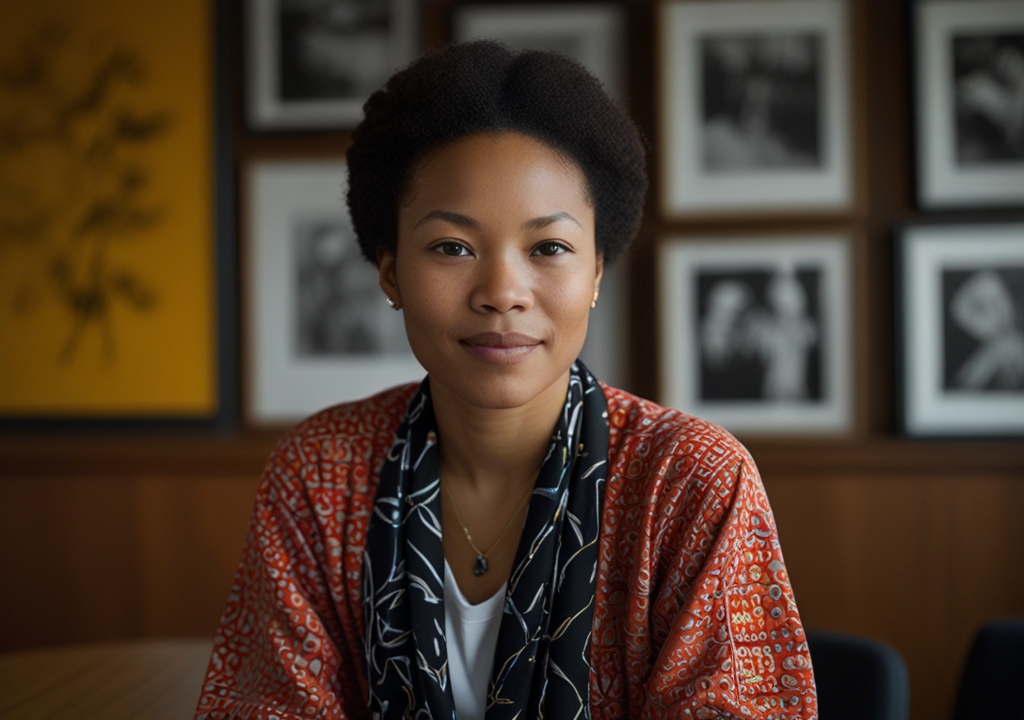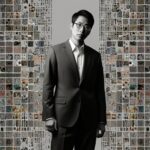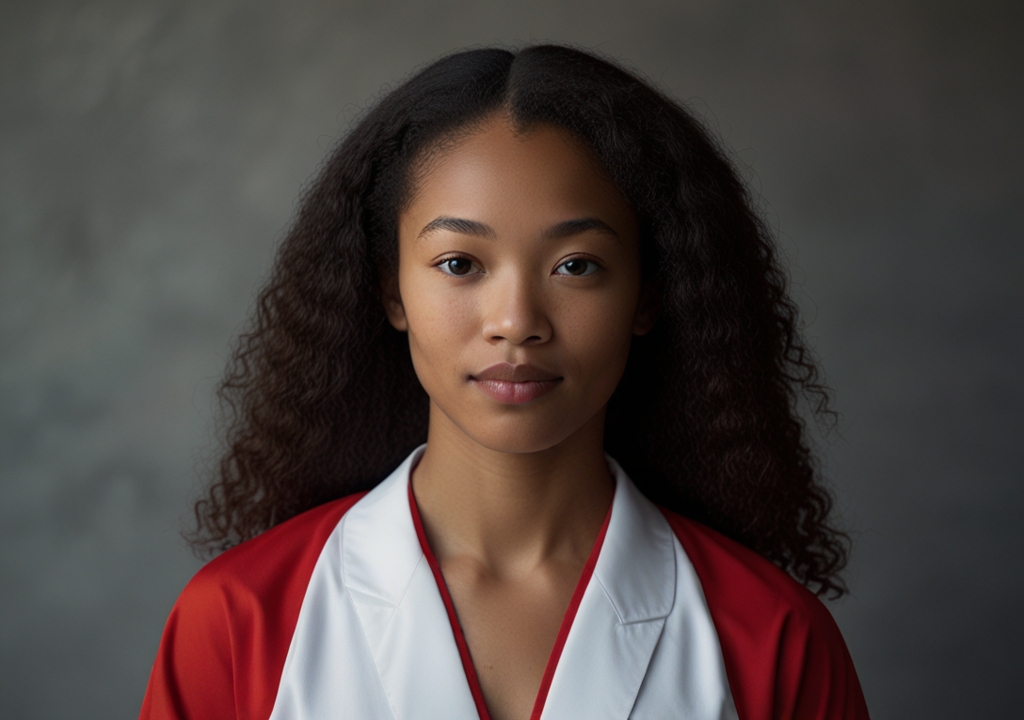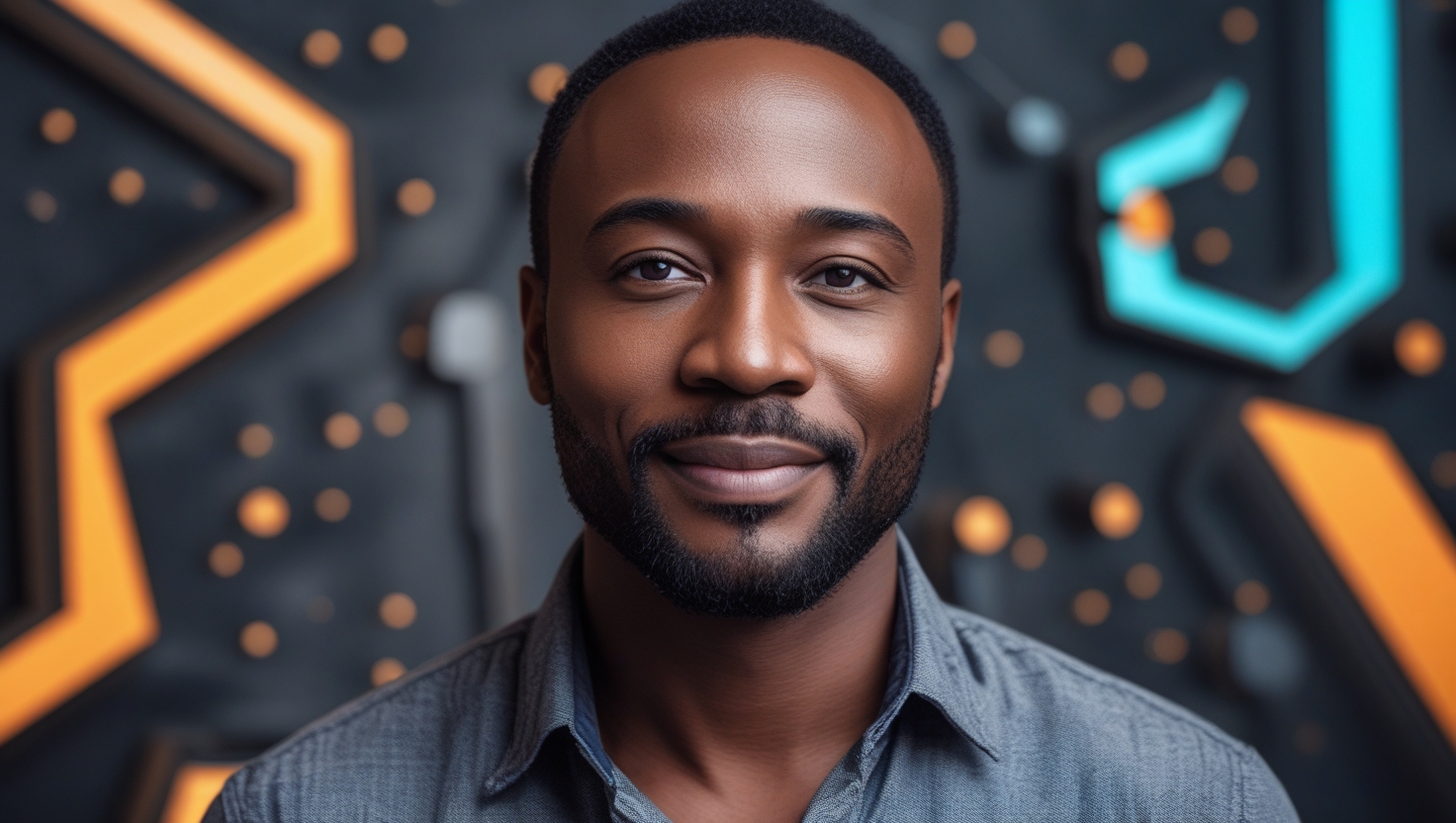Introduction: The Moment Amina Hachimura Chose Herself
Picture this: A 20-year-old Amina Hachimura stands at a crossroads. On one side, a promising biology career, bolstered by Academic All-American honors and a legacy as a college basketball star. On the other, a blank canvas—a world of Afrofuturist art, cultural advocacy, and the whispers of a calling she can’t ignore. Which path would you choose?
Amina Hachimura, sister of NBA phenom Rui Hachimura, did the unthinkable: She chose both. Her journey—from the courts of Japan to global art galleries—isn’t just about talent. It’s a masterclass in reinvention, resilience, and the radical power of embracing a multifaceted identity.
1. Roots: The Making of a Multicultural Maverick
A Childhood Between Worlds
Born in Toyama, Japan, to a Beninese father and Japanese mother, Amina’s identity was a tapestry of contrasts. Weekdays meant Japanese school uniforms and tea ceremonies; weekends were filled with West African folktales and the vibrant rhythms of Benin. “I felt like a bridge,” she once said, “but bridges can hold immense weight—and beauty.”
The Basketball Catalyst
While her brother Rui gravitated toward basketball stardom, Amina found her own rhythm on the court. By 15, she led her high school team to three national championships, blending her father’s athleticism with her mother’s strategic precision. Yet, even then, her passions sprawled beyond sports.
2. Scholar-Athlete: Where Science Met Sweat
The Double Life of a Biology Major
At Gonzaga University (yes, the same school Rui attended), Amina balanced Division I basketball with a demanding biology curriculum. Her secret? Treating lab reports like playbooks. “Both require precision, observation, and adapting to chaos,” she laughs. The result: A 3.9 GPA and Academic All-American honors in 2018.
The Epiphany: Art as Science’s Silent Partner
During a neurobiology seminar, Amina became fascinated by how neurons mirror abstract art—chaotic yet interconnected. She began sketching brain cells during study breaks, unknowingly laying the groundwork for her future fusion of STEM and creativity.
3. The Pivot: From Lab Coats to Afrofuturism
Breaking the Mold
Post-graduation, Amina faced pressure to pursue medicine. Instead, she enrolled at Tokyo’s Geidai Art University, trading microscopes for paintbrushes. Critics called it a “waste of talent.” She called it “breathing for the first time.”
Afrofuturism: Where Heritage Meets Hyperspace
Amina’s art—a blend of traditional Japanese ink techniques and bold Benin motifs—reimagines identity in cosmic landscapes. Her 2022 exhibit, Stardust Ancestors, depicted biracial figures as celestial beings, challenging viewers to see hybridity as power, not paradox.
Table 1: Amina’s Evolution—Key Milestones
| Year | Phase | Achievement |
|---|---|---|
| 2018 | Scholar-Athlete | Academic All-American, Biology |
| 2020 | Artistic Debut | Stardust Ancestors Exhibit, Tokyo |
| 2021 | Advocacy | Co-founded Canvas & Code |
| 2023 | Global Recognition | Named Forbes 30 Under 30 (Art) |
4. Canvas & Code: Building Bridges for Biracial Youth

The Genesis of a Movement
In 2021, Amina co-founded Canvas & Code, a nonprofit merging STEM workshops with art therapy for biracial teens. “Many feel like outsiders,” she explains. “Here, they learn to code apps celebrating their heritage or paint murals about genetic diversity.”
Impact by the Numbers
- 3,000+ youths mentored across Japan, Benin, and the U.S.
- 87% of participants reported “greater self-acceptance” post-program.
- 12 community murals created, each symbolizing unity in diversity.
5. Advocacy: More Than a Model
Fashion as a Feminist Tool
Amina’s striking features—a blend of West African and Japanese beauty—caught the fashion world’s eye. But she refused to be just a “token diversity model.” Campaigns like Shiseido’s “Harmony in Contrast” (2022) became platforms to discuss colorism and representation.
The Viral TED Talk: “Why I Quit Basketball to Paint the Future”
Her 2023 TEDxTokyo speech dissected the parallels between sports discipline and creative risk-taking. Clips like, “A jump shot and a brushstroke both demand faith in the unseen,” racked up 2M+ views, resonating with artists and athletes alike.
6. The Aha! Moment: Why Amina’s Story Matters
Amina embodies a generation refusing to be boxed in. Her legacy isn’t just about accolades—it’s a blueprint for:
- Embracing Hybridity: “You don’t have to choose—you can be a scientist and a poet.”
- Leveraging Privilege: Using her NBA-adjacent fame to spotlight marginalized voices.
- Redefining Success: From trophies to transformation.
FAQs
Q1: How does Amina’s Beninese-Japanese heritage influence her art?
A: Her pieces often layer Japanese washi paper with Benin indigo dyes, symbolizing cultural dialogue.
Q2: Is she close with her brother Rui?
A: Yes! They collaborate on charity tournaments, blending sports and art workshops.
Q3: What’s Afrofuturism, and why does it matter?
A: A movement imagining Black futures through tech, art, and mysticism. Amina adds an Asian lens, expanding its scope.
Q4: Can I join Canvas & Code remotely?
A: Absolutely! Virtual workshops are available—apply via their website.
Q5: What’s next for Amina?
A: Rumors hint at a picture book merging biology and folklore. Stay tuned!
Conclusion: Your Turn to Build Bridges
Amina Hachimura’s journey whispers a challenge: What bridges can you build? Whether it’s mixing careers, cultures, or passions, her story proves that the richest identities live in the “and,” not the “or.”
3 Steps to Start Today:
- Audit Your Passions: List what excites you—even if they seem unrelated.
- Find the Overlap: How can art inform your science (or vice versa)?
- Share Boldly: Your unique perspective is someone else’s lifeline.
YOU MAY ALSO LIKE
Harmonicode Sports: The Future of Athletic Training Where Physics Meets AI









